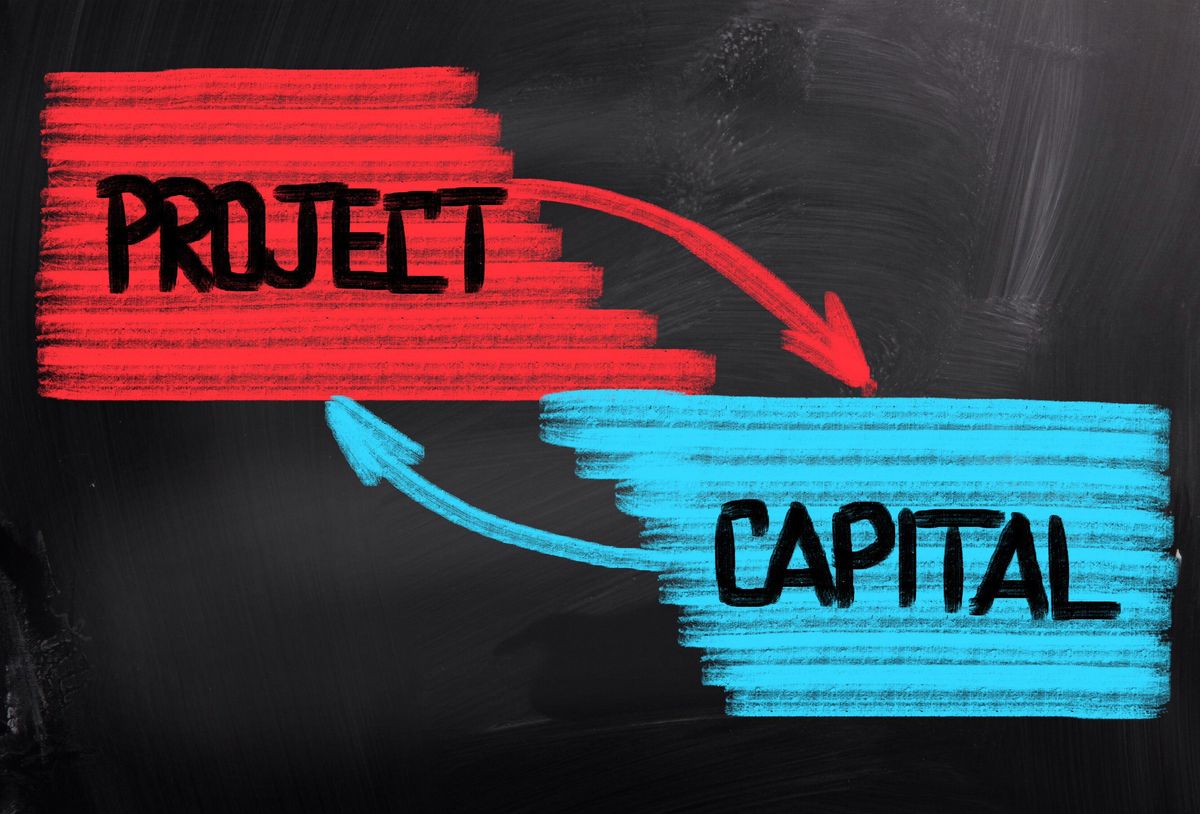“Why do you think these two projects rank so much higher in this method than the first method?” the facilitator asked the director of reliability.
“Because those two projects are the ones that Jack (the engineering director) and I are going to do,” an always blunt Cathy replied. “I don’t give a damn about those points in that one method with all the criteria. Jack and I will do the projects that we think need to be done."
“Well, that explains why the senior management team has been frustrating Mary so much by redoing the criteria and the weightings,” the facilitator replied.
“You bet!” smiled Cathy. “We told her. She did not want to listen. We will change the criteria until we get the projects we need to do. We are going to do those two projects.”
This exchange is an example of harsh reality from the real world. Despite all the theories on both prioritization and decision-making, this conversation is more common than it is uncommon. You need to know three things about capital project prioritization to make you more effective (and less frustrated).

Figure 1: Regardless of the capital improvement plan (CIP) prioritization approach, human judgment is needed when selecting capital projects
1. The Method Must Commensurate With Maturity
Multiple criteria and ranking approaches are the most common capital program prioritization methods. Multiple criteria approaches involve developing a handful of criteria, weighting each criterion, and assigning scores to each criterion. The projects with the greatest number of points become the preferred projects. This approach is based on the solid foundation of problem disaggregation.
Ranking approaches involve establishing a hierarchy of projects, usually from most important to least important, through some form of ballot. Consistent with the theory of choice, several management science methods exist for establishing the final ranked lists from multiple participants.
Most academics and consultants consider ranking approaches less refined than multiple criteria approaches because the logic behind the participants’ preferences is unclear. However, a multiple criteria approach takes more time because of all the work needed to develop the criteria, establish importance weighting, score the projects, and analyze the results and sensitivities. Another underappreciated aspect of a multiple criteria approach is that all participants must have, or rapidly develop, a common understanding of the many granular details.
So which approach is better? The short answer is it depends on organization maturity. Ranking approaches are best for initial efforts or when there is a lot of new staff. Multiple criteria methods are better for mature organizations with seasoned teams. Among many, there is a preference to do both so that teams can see which method works best for their situation. After all, when done correctly, both approaches should yield similar prioritizations.
2. Human Judgment Is Required
Prioritization is not optimization. Optimization incorporates values and trade-offs more robustly than prioritization. In many cases, business case evaluations (BCEs) are needed to evaluate the trade-offs of the status quo, doing everything, or doing something in between. In nearly every case, the final resource allocation decision comes down to one individual.
The reality is that a single prioritization approach cannot be developed to address every component or type of project within an organization’s portfolio. Human judgment is needed; prioritization should be considered a good starting point, but not the final determination of which projects are in or out of the capital program.
3. Organizational Capacity Is Essential
Most capital improvement projects and programs fail because of organizational capacity. The types of projects, the size of projects, the complexity of the projects, the capabilities of internal staff, and the availability of key staff are all important aspects that should shape the prioritization process. Unfortunately, organizational capacity is not considered until the capital projects are selected.
Organizational capacity can be evaluated through three components:
- Secure harbor includes having and maintaining a secure or safe place ripe for change and continual improvement.
- CID nexus involves the capability (C) of staff, how information (I) is shared within the organizational structure, and how decisions (D) are made.
- Personality is the long-term culture (e.g., commitment to initial costs or lifecycle costs) shaped by the short-term climate (e.g., financial stress, mergers, or changes in market share).
Organizational capacity is a governing constraint. Considering organizational capacity before diving into prioritization often reduces the need for complex approaches. If resources are limited, only a limited number of projects should be attempted.
Summary
Three of the essential things to know about capital project prioritization are:
- The selected approach should consistent with the maturity of the organization.
- Human judgment is required, regardless of the approach that is used.
- Organizational capacity provides a governing constraint that often simplifies the approach.
Resources
Adams, Tim; Rider, John; and Solomon, J.D. “Ask the Experts: Prioritization.” J.D. Solomon, Inc.: May 21, 2020. https://www.jdsolomoninc.com/post/prioritization
Solomon, J.D. “CIP Prioritization: Where Master Planning and Asset Management Meet.” The Wave, Volume 39, Number 4, 2018.
Solomon, J.D. (2022). "Five Ways to More Effectively Facilitate Capital Program Prioritization.” J.D. Solomon, Inc.: April 4, 2022. https://www.jdsolomoninc.com/post/five-ways-to-more-effectively-facilitate-capital-program-prioritization
Solomon, J.D. and Wojak, Rebekah. “Implementing Asset Management: Organizational Capacity as the Primary Challenge." Proceedings from the International Maintenance Conference (IMC), Bonita Springs, FL, December 14, 2016.






